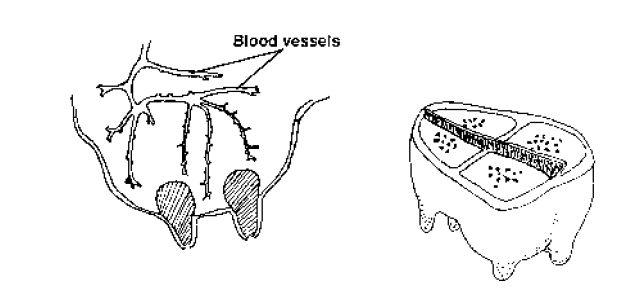Milk Production and the Udder
Milk Production and the Udder
The main purpose of the milk is to feed the young. A good milking animal can produce more milk than her young need.
How milk is made
- The udder of the cow and buffalo has four quarters, each quarter having a teat.
- In the sheep and goat the udder is divided into two with two teats.

How milk is made
- Milk is produced in the udder from nutrients in the blood which flows through the vessels (tubes) in each quarter.
- The greater the amount of blood passing through the udder the greater the amount of milk which is produced.
- The milk is released as the teat is sucked or squeezed.
- Milking by hand will take from 5 to 10 minutes.
- The udder should be emptied at each milking and this will stimulate the udder to develop more milk. Always milk the animal quietly.
- A good time to milk is in the morning before the animal goes out to graze and in the evening.
- Always milk at the same time each day.
Differences in milk yields
Milk yields will vary for different reasons:
- Some types or breeds of animals produce more milk than others.
- Milk production will be greater after the birth of the second or third young.
- Extra good feed, minerals and a lot of water are needed by the animal in milk in order to produce milk.
- Milk production improves when the animal gives birth in the rainy season when there is a lot of feed available.
- Talking, singing or whistling to the sheep, cow, goat or buffalo as it is being milked makes it relax and the milk is let down better.
- Some individuals naturally give more milk than others. These individuals should be selected for breeding.
Source : Pashu sakhi Handbook
చివరిసారిగా మార్పు చేయబడిన : 7/3/2023
© C–DAC.All content appearing on the vikaspedia portal is through collaborative effort of vikaspedia and its partners.We encourage you to use and share the content in a respectful and fair manner. Please leave all source links intact and adhere to applicable copyright and intellectual property guidelines and laws.
సంబంధిత అంశాలు
